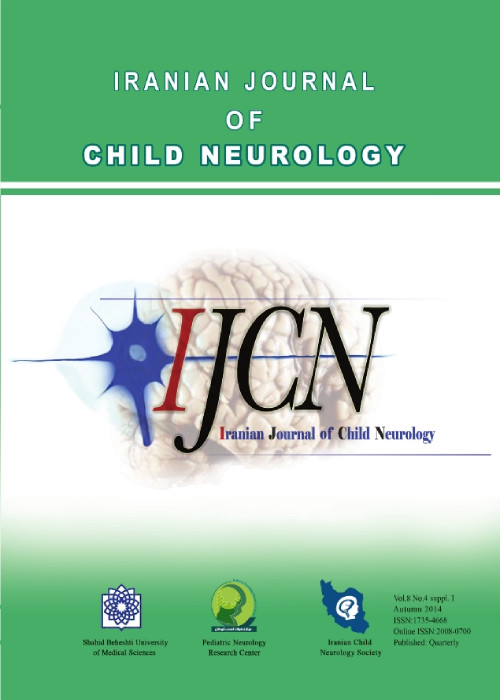Vitamin D Insufficiency in Children with Chronic Neurological Diseases: Frequency and Causative Factors
Vitamin D insufficiency/rickets is a metabolic bone disease that leads to insufficient mineralization of bone. Chronic neurological diseases, including cerebral palsy (CP), convulsive disorders, neural tube defects, myopathy, immobility, lack of sun exposure, inadequate nutrition, and antiepileptic drugs (AEDs) can cause vitamin D insufficiency and osteopenia in children.
In this study, the authors searched the frequency and causative factors of vitamin D insufficiency in children with chronic neurological diseases such as CP, hypoxic-ischemic encephalopathy, mental motor retardation, epilepsy, neurodegenerative and neuromuscular diseases, meningitis-encephalitis sequelae, neural tube defects, paralysis, and paresis. This cross-sectional study included 108 children (forty-five [41.6%] females; sixty-three [58.4%] males), aged between one and 18 years with chronic neurological diseases, and a control group of thirty age-matched healthy children (16 [53.3%] females; 14 [46.7%] males.
Vitamin D levels were significantly lower, and parathyroid hormone (PTH) levels were significantly higher in the patient group than in the control group (p<0.05). The patient group was divided into four subgroups: (i) Epilepsy (n=41; 38%), (ii) Neural tube defects (n=14; 13%), (iii) CP (n=21; 19%), and (iv) other diseases (neurodegenerative and neuromuscular diseases, meningitis sequelae, intracranial hemorrhage, psychomotor retardation, hypoxic-ischemic encephalopathy) (n=32; 30%) to identify any differences in the measured levels. In the patient group, eighty-three (76.9%) had vitamin D deficiency, and 17 (15.7%) had vitamin D insufficiency, while in the control group, twenty-one (70%) had vitamin D insufficiency. The use of AEDs had no significant effect on serum Ca, P, ALP, PTH, or vitamin D levels (p>0.05), and serum Ca levels were significantly higher in ambulant patients than in non-ambulant patients (p<0.05). Vitamin D levels were significantly higher in the non-ambulant than in the ambulant patients (p<0.05). No rickets was determined in the control group, while in the patient group, nine (8.3%) had level-1 rickets, six (5.6%) had level-2 rickets, and two (1.9%) had level-3 rickets.
Children with chronic neurological diseases have low serum vitamin D levels, and vitamin D prophylaxis is essential in this group.
- حق عضویت دریافتی صرف حمایت از نشریات عضو و نگهداری، تکمیل و توسعه مگیران میشود.
- پرداخت حق اشتراک و دانلود مقالات اجازه بازنشر آن در سایر رسانههای چاپی و دیجیتال را به کاربر نمیدهد.


